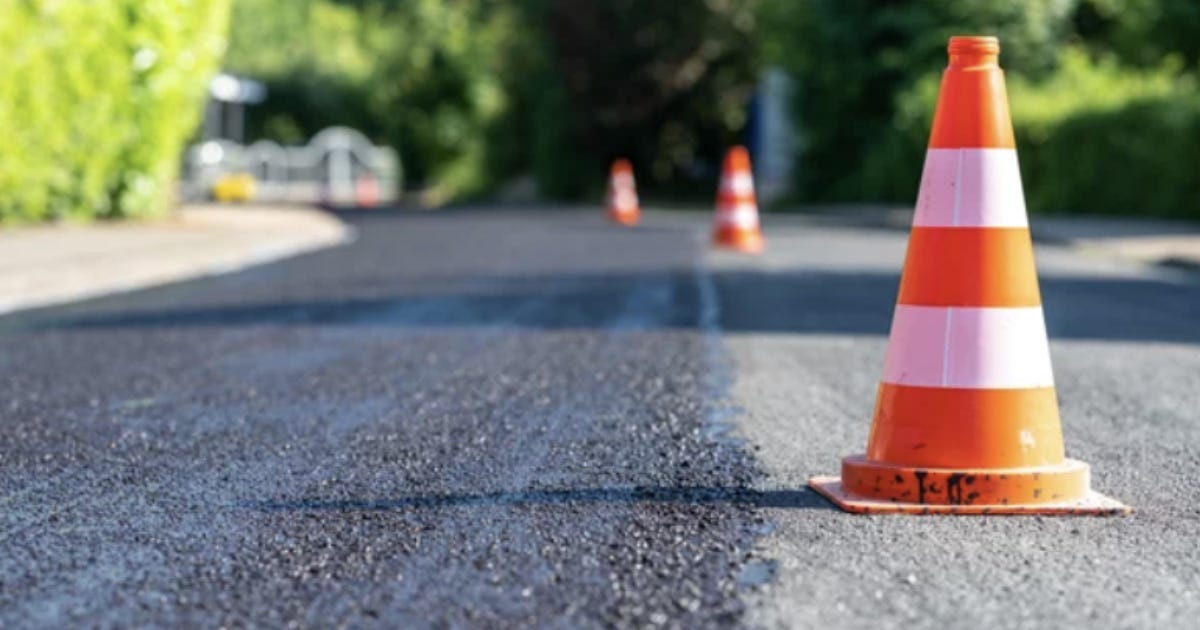OP-ED: Build roads, don’t block them
Devin Dreeshen writes, "Albertans deserve transportation infrastructure that reflects how they live, work, and move."
By Devin Dreeshen, Alberta’s Minister of Transportation and Economic Corridors
Albertans deserve transportation infrastructure that reflects how they live, work, and move. Whether it's getting kids to school, getting to work on time, or simply navigating growing cities, roads are essential to our daily lives. That’s why our government is focused on building transportation networks that serve all Albertans.
Recently, conversations around urban planning and transportation have centered on the expansion of bike lanes in major cities. Let me be clear: Alberta supports safe cycling infrastructure. Designated bike routes play an important role in encouraging active transportation and promoting safety for everyone on the road. But we also believe these routes must be built smartly, without sacrificing essential driving lanes on key arterial roads.
This isn’t about cars versus bikes. It’s about common sense and proper planning.
Arterial roads were designed by civil engineers to handle high volumes of traffic. They are the lifeblood of urban and regional connectivity, used by parents shuttling their kids to activities, commercial drivers delivering goods, and emergency responders trying to get to those in need. When these roads are narrowed or obstructed by bike lanes, the ripple effects are significant — more congestion, longer commute times, and slower emergency response.
In July, I had a productive meeting with Calgary Mayor Jyoti Gondek to discuss our shared goal of making cities more efficient and accessible. The mayor noted that only two per cent of downtown trips are made by bicycle—a number that hasn’t changed in over a decade. The mayor also mentioned that bike lanes are temporary and can be removed if needed. We’ll continue to review their impact and work with the city to make changes where appropriate.
We’re also keeping a close eye on Ontario’s legal battle over its attempt to legislate against certain municipal bike lanes. While the court did not rule in favour of the Ontario government, the case presents an important learning opportunity. We’ll watch closely as the appeal process unfolds and assess what legislative approaches may or may not work in Alberta’s context.
Our government has no intention of rushing to court. Our goal is to work together to ensure road infrastructure reflects the needs of our growing communities.
Albertans living in suburban neighborhoods need reliable access to major roadways. That means maintaining, improving, and expanding road capacity — not shrinking it. At the same time, we can and should work with municipalities to explore innovative alternatives: protected bike routes that run adjacent to main corridors, and better traffic engineering to separate modes of transportation.
That’s why Alberta’s government is making record investments to expand our road network and support our growing economy. Alberta has a vast provincial highway network that includes more than 64,000 lane kilometers of highways, alongside 4,800 bridge structures, including river crossing bridges, overpasses, and culverts. We typically pave approximately 1,000 km of new and existing lanes of highway every year while rehabilitating or replacing approximately 50 bridges.
We’re investing billions into widening, twinning, and improving some of the most heavily used highways in the province. In Calgary, we’ve committed $480 million toward the Deerfoot Trail expansion, improving traffic flow on one of the province’s busiest highways. We’re investing in major upgrades to the Anthony Henday Drive in Edmonton, including additional lanes and interchanges to reduce bottlenecks. In southern Alberta, we’ve announced funding to improve Highway 3, and in northern Alberta, we are widening and repaving Highways 63 and 881, just to name a few.
This ties into our broader strategy for economic growth. Efficient transportation isn’t just a quality-of-life issue. It’s an economic one. Efficient roads support local businesses, facilitate trade, and attract investment. When we build smarter infrastructure, everyone wins.
These conversations are not about drawing lines in the sand. Alberta’s government is committed to working with municipalities to make sure our roads serve all users safely and effectively.
Let’s continue to build transportation networks that keep people moving, keep goods flowing, and reflect the way Albertans live today and the future we’re building together.
Devin Dreeshen serves as Alberta’s Minister of Transportation and Economic Corridors.




Nonetheless, rural roads that used to serve as logging roads now serve as invitations for people to hike or job in Grizzly territory, or worse, those who would willingly or carelessly take the life of our wildlife. These should be decommissioned.